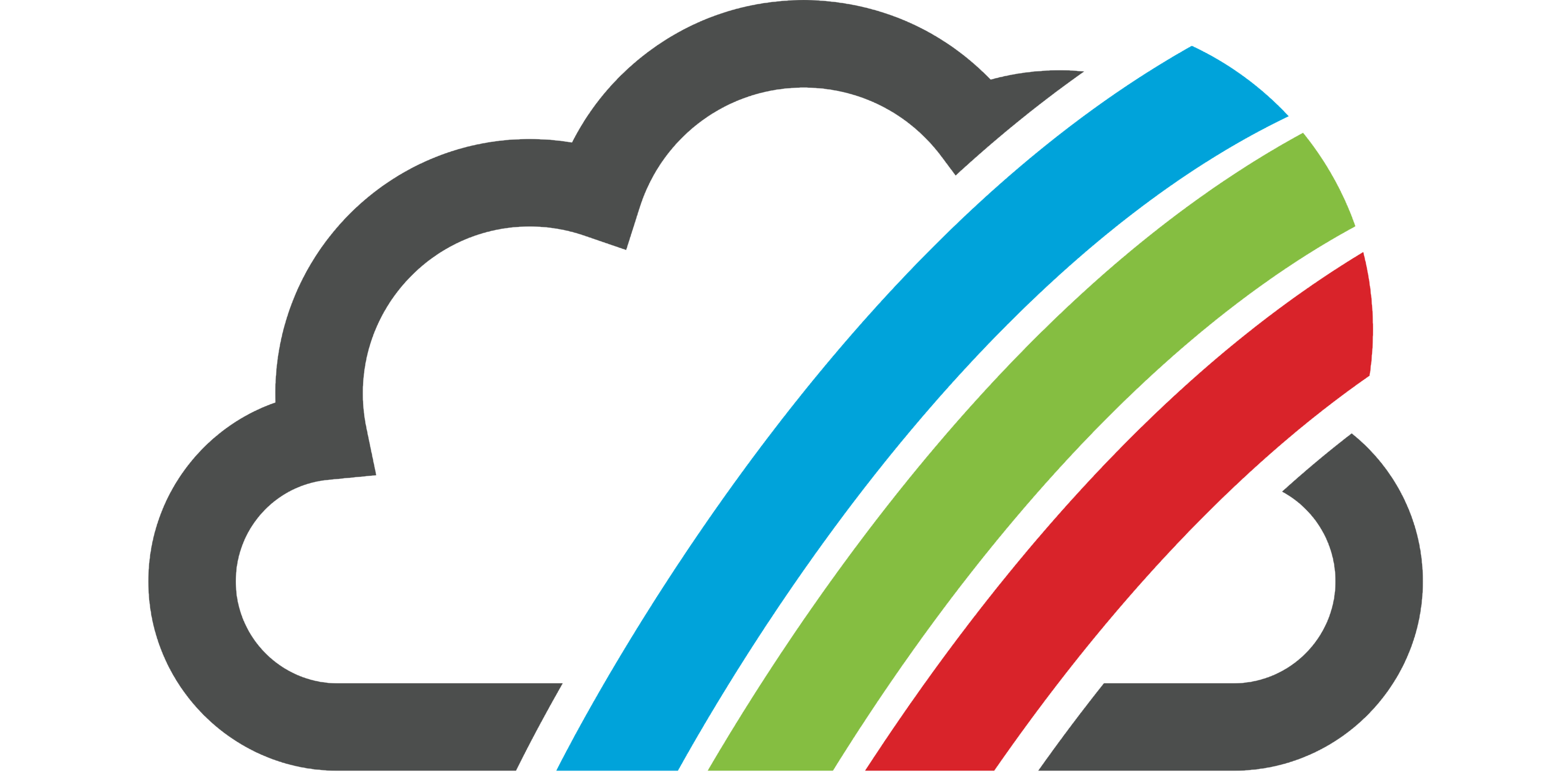Navigating the Shift Away from Third-Party Cookies with C2SEC XSPM
- Chenyun Chu

- Nov 14, 2023
- 2 min read
In a significant development for digital privacy, Google's recent announcement about phasing out third-party cookies in Chrome heralds a new era in how businesses track and engage with users online. This blog explores this pivotal shift and how C2SEC's Extended Security Posture Management (XSPM) platform, particularly its Privacy Dashboard, can help businesses navigate away from reliance on third-party cookies.

Google's Announcement: A Paradigm Shift in Online Privacy
Google has set the stage for a major change in the digital landscape by announcing the phase-out of third-party cookies in Chrome by Q1 2024. This move, starting with disabling these cookies for 1% of users for initial testing, marks a significant response to the growing concerns over online privacy. It paves the way for a more private internet, where user data is handled with greater care and transparency.
Understanding the Role of Third-Party Cookies
Third-party cookies have been a fundamental part of online advertising and tracking, allowing businesses to monitor user behavior across various sites. However, this has often occurred without explicit user consent, leading to serious privacy concerns and the call for more regulated and user-centric approaches.
The Growing Privacy Concerns
The ability of third-party cookies to track users' online activities discreetly has been a point of contention, prompting a reevaluation of privacy standards on the internet. This shift reflects a broader trend towards enhancing user privacy and giving users more control over their personal data.
Embracing Change with C2SEC's Privacy Dashboard
As the internet evolves to a post-third-party cookie era, businesses must adapt their strategies. C2SEC’s XSPM platform offers a robust solution through its Privacy Dashboard, which enables businesses to stay ahead of these changes.
Audit Cookie Usage: Utilize the "cookie list" feature of the Privacy Dashboard to comprehensively audit your site's cookie usage. Pay special attention to long-lived, non-secure, third-party cookies. Identifying and addressing these cookies is crucial for moving away from practices that could compromise user privacy.

Ensure Compliance: The dashboard provides transparency in data tracking and sharing practices, helping businesses align with evolving privacy regulations.
Strategic Planning for a Post-Cookie World: It offers actionable insights for businesses to refine their approach to user tracking and engagement in a privacy-first landscape.
Future-Proofing Your Strategies: With detailed analytics and recommendations, the Privacy Dashboard guides businesses in transitioning to alternative, privacy-respecting methods of user tracking and advertising.
Conclusion
The phase-out of third-party cookies is not just a pivotal change in web browsing norms; it underscores the escalating significance of privacy in asset and posture management. In a landscape where digital assets are increasingly intertwined with user data, managing these assets responsibly and transparently is paramount. For businesses, this means adapting to a new paradigm where privacy is at the forefront of asset management strategies.
Leveraging the capabilities of C2SEC's XSPM Privacy Dashboard is a proactive step in this direction. The dashboard goes beyond mere compliance, offering a comprehensive suite of tools that enable businesses to audit, analyze, and adapt their digital asset management practices in line with the latest privacy standards. By doing so, businesses not only align with the new norms of digital engagement but also demonstrate a commitment to respecting and protecting user privacy, which is increasingly becoming a key determinant of corporate reputation and customer trust.




Comments